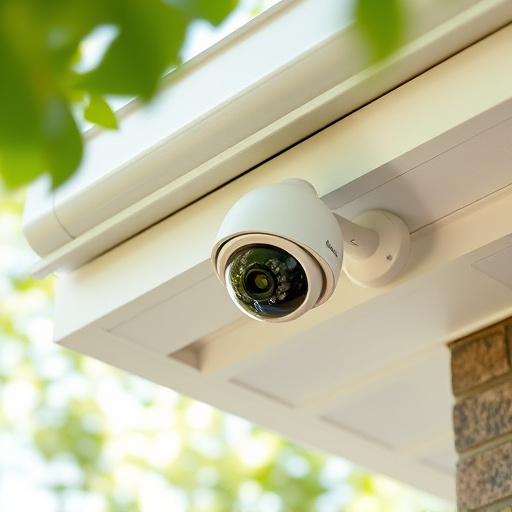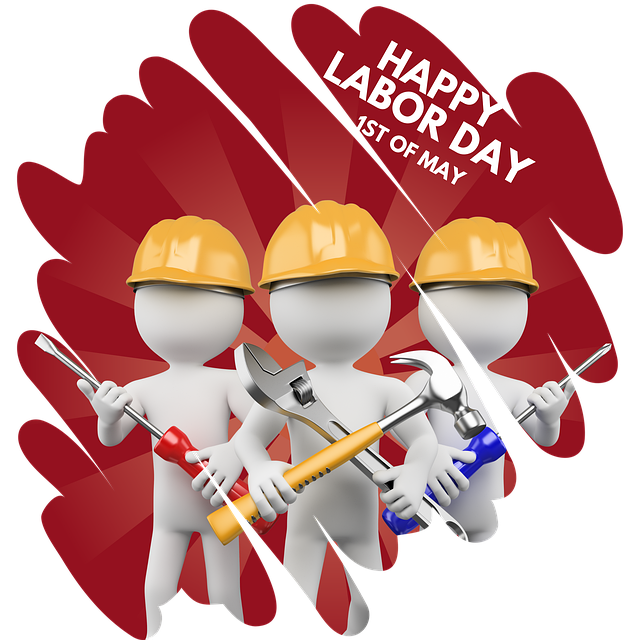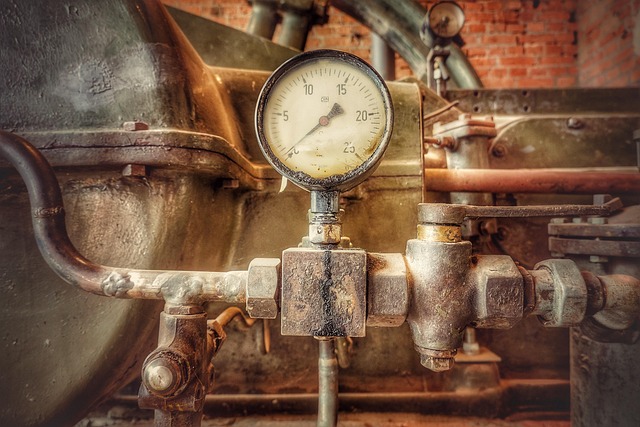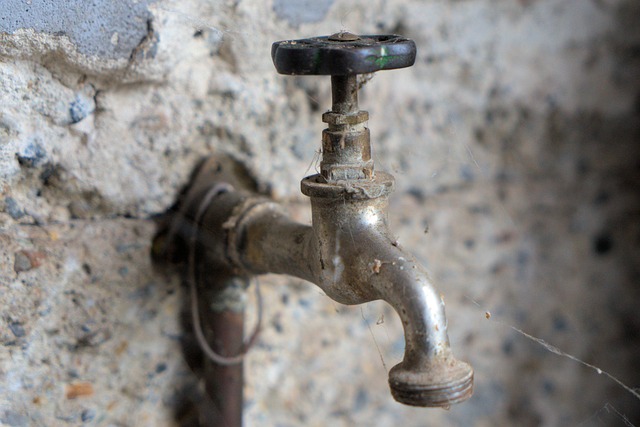Water meters are essential tools for monitoring water usage and detecting various plumbing issues like persistent leaks, blocked drains, or unusual odors. Professional plumbers verify meter readings during inspections, helping track consumption changes and identify anomalies. Users can interpret fluctuations in water pressure and sudden usage spikes as indicators of problems, enabling early intervention to prevent escalating issues, save money, and minimize property damage. Regular checking reveals unexpected activity, emphasizing the importance of prompt action by both homeowners and business owners.
Unraveling Mysterious Water Meter Readings: A Comprehensive Guide
Water meters, essential tools for monitoring water usage, can sometimes provide unexpected readings—a constant flow of water even when no appliances or taps are in use. This phenomenon warrants investigation as it could be an indicator of underlying plumbing issues. From persistent leaks and drain clogs to unusual odors, this article delves into the signs and causes, offering insights on how professional plumbers can help identify and address these problems efficiently. Understanding water meters and their functionality is the first step towards recognizing potential savings opportunities and maintaining a well-functioning plumbing system.
- Understanding Water Meters and Their Functionality
- – Brief explanation of water meters
- – How they measure water usage in homes and businesses
Understanding Water Meters and Their Functionality
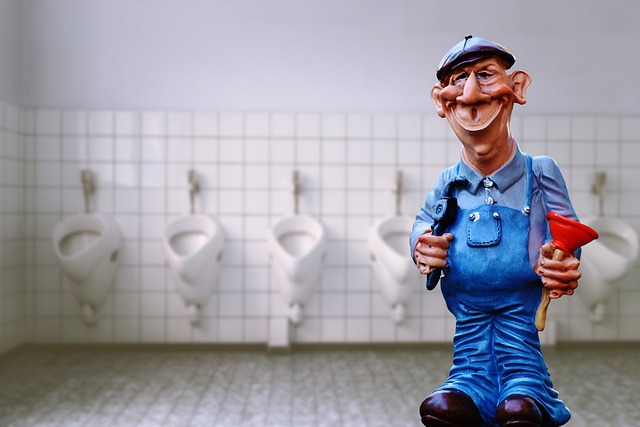
Water meters are essential tools used by professionals to measure and monitor water usage in homes and businesses. These devices play a crucial role in managing water resources, detecting plumbing issues, and even identifying potential problems like persistent leaks or unusual odors that may go unnoticed otherwise. A professional plumber signs a meter reading as part of their routine inspections, allowing them to track changes in water consumption and detect any anomalies.
Understanding how water meters function is key to recognizing when something might be amiss. Water pressure fluctuations, for instance, can indicate a leak or blocked drain, while sudden spikes or drops in usage could suggest inefficient appliances or hidden plumbing issues. By keeping a close eye on these metrics, homeowners and business owners alike can take proactive measures to address potential problems before they escalate, ultimately saving time, money, and preventing further damage to their properties.
– Brief explanation of water meters
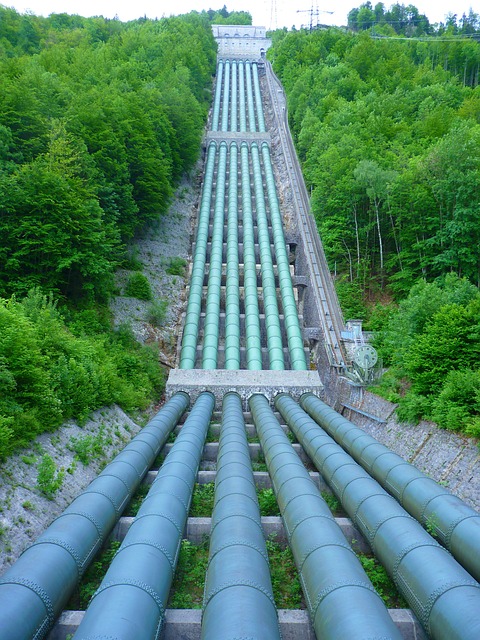
Water meters are essential devices used to measure and monitor water consumption in homes, businesses, and other establishments. They track the volume of water passing through them, providing a clear indication of usage patterns. For homeowners, understanding how to interpret these meters can help identify potential plumbing issues early on. Persistent leaks, unusual water pressure fluctuations, or even subtle changes in water quality, indicated by strange odors, could all be signs of underlying problems that require professional attention from a plumber.
Regularly checking your water meter—especially if you suspect no one is using water in the building—can help you spot any unexpected activity. If the needle continues to move even when there’s no apparent usage, it could point to a leak within the plumbing system, which may lead to higher bills and potential damage over time. In such cases, contacting a professional plumber is advisable to diagnose and resolve the issue before it escalates into more complex—and costly—plumbing problems.
– How they measure water usage in homes and businesses

Water meters are an essential tool for measuring and monitoring water usage in homes and businesses. These devices track the flow of water, typically in cubic feet or liters, by recording the volume that passes through them. Professional plumbers often install and maintain these meters, ensuring their accuracy with regular checks and calibration. In residential settings, water meters can be read periodically by utility companies to bill customers fairly based on their consumption.
Unusual water meter readings could indicate various plumbing issues. Persistent leaks, for instance, can cause a constant flow of water, leading to higher than expected meter readings. Drain clogs or leaks beneath fixtures may go unnoticed but can significantly impact water usage. Even changes in water pressure can affect the reading. Moreover, unusual odors coming from drains or water supplies might suggest bacteria growth or other problems that require professional attention. Recognizing these signs early on can help prevent further damage and costly repairs.




